Small Press Expo (or SPX) is a nonprofit created in 1994 to promote artists and publishers who produce independent comics. It’s mission is to “To provide a forum to showcase new and emerging talent in the fields of comics, graphic novels and political cartooning”. In the spirit of this mission, the Comics Beat has conducted a series of interview with some of the phenomenal cartoonists in attendance at this year’s Small Press Expo. We hope that these interviews will improve our understanding of these creators voices, techniques, interests and influences.
In this SPX 2017 interview, we talked with Carolyn Nowak. Carolyn is a comic artist and illustrator from Michigan. She’s also regularly on the comics podcast We Should Be Friend. I discovered her comics thanks to Zainab Akhtar who included her now Ignatz-nominated comic Diana’s Electric Tongue as part of ShortBox last year. I thought it was an excellent work and was happily surprised to see it be nominated for this year’s Ignatz. I’ve spoken with Carolyn about Diana’s Electric Tongue, her nomination for the Ignatz, her medical illustration and a lot of other subjects.
—
Philippe Leblanc: For those readers who may not be familiar with you and your work, can you tell us a little bit about yourself?
Carolyn Nowak: I’m a cartoonist and illustrator, I’m 29 and I live in Ypsilanti, Michigan. I really really like television, movies and books.
PL: Before we talk about your comic work, I want to start by talking about your medical illustration work. You’ve produced a series of illustration on several body parts and I’m very curious to hear about how you started doing this.
CN: Aha, I used to have a day job at the University of Michigan hospital doing medical illustration- I kind of thought it would be my career for a while there, since I love science and the human body is particularly weird and cool. But to make a career in medical illustration you really have to do graduate work and I’m sort of bad at school- and I have a weird determination to not leave Michigan, and there are no programs here. Anyway my desire to do that kind of thing has since vanished and now it’s strange to me that I ever considered it at all.
PL: You’ve just been nominated for an Ignatz Award for your comic Diana’s Electric Tongue, the story of a woman in a futuristic city recovering from her heartbreak by buying a robot companion. How does it feel to have been nominated for such a prestigious award?
CN: It feels…incredible. I was nominated last year, too, and I remember thinking…”oh, I’m not horrible at this, according to some.” which is how I pretty much felt before that. More than anything being nominated is just validating. I really thought my career might go absolutely no-where for a long time (though I was still having plenty of fun). Now there’s just more definition to what I’m doing, somehow, and it makes moving forward much easier. I’m a cartoonist! Everyone says so!
PL: I praised Diana’s Electric Tongue when I received a copy of it in Shortbox last year. I was struck with how you lay out the geography of rooms and buildings and how you’ve used a bird’s-eye view to quickly show the locations your characters were in. I liked how it provided an overview of what was going on in you main protagonist’s house in one efficient image and how it managed to keep moving the story along. What made you want to use this technique?
CN: There are actually a lot of boring reasons, the first one being: I love cross sections. The second one is: I think other people like them too because they are very fun to look at, and I want my comics to at least be fun. The third is: I always need spaces mapped when I’m making comics. I’m very concerned with relative positions of things and people. I get very tense in that way, for some reason, even though it’s not always necessary. So I map- and, like, why not include the map? It’s going to be useful to a reader. The fourth reason is: I am, all things considered, a pretty naïve storyteller and this is kind of my crude, childish way of establishing a scene.
PL: I found that comic to be wonderfully coloured. It was light, lush and vibrant and added a bittersweetness to a comic that deals with both heavier and lighter themes. I remember you thanked Lisa Dubois for the colouring I’m curious to know what influences you drew from her.
CN: Lisa is my best friend and she and her husband were living with me, temporarily, during the time I was finishing the comic. I messily threw down color schemes for each page and she cleaned them up for me- she’s a cartoonist too- and I wouldn’t have finished it on time for Shortbox without her assistance.
PL: You’re able to create a wonderfully realized science-fiction universe in Diana’s Electric Tongue. It was one of my favourite science fiction reading experiences of 2016. You managed to include so many subtle details about the futuristic environment your characters inhabit, yet remained really focused on the drama of your protagonist broken heart. How do you manage to strike a balance between those elements?
CN: The decision to do a story about a sex robot was a pretty flippant one, and at first I was mired in the idea that the person owning the sex robot would work at the sex robot factory, and maybe uncover some sex robot conspiracy. Pretty boring stuff, pretty well-trod “the future is scary” kind of stuff. When I get stuck like that I like to sidestep, and then sidestep, and then sidestep. What’s this teeny-tiny story over here? Who’s this girl? Why’d she buy a sex robot? I try to imagine any story as one of many in its world. I let the sci-fi stuff color the background, and if it ever pops up (like when I need a convenient metaphor) I try to make it as fun and interesting as possible.
PL: In addition to your comics work, you’re often appearing as guests on the comic podcast We Should be Friends. Can you tell us how you got involved and what you enjoy about podcasting?
CN: My friend Carta runs the podcast and she invited me to join, which was pretty intimidating at first. She- and our fellow hosts, Ashley and Alice- have read a lot more than me, and they’re all buzzing with social and artistic awareness. It’s nice to get to talk to such smart people about art. I like to think I bring something of an “everyman” perspective, ha-ha. It’s a good time. I’ve learned a lot.
PL: Do you have any new comics or material you’re bringing to SPX? If so, can you tell us a little bit more about them?
CN: Yes! My good friends at Silver Sprocket just published my erotic comic, No Better Words. You can get it at my table or theirs! It’s 28 pages, full color, very steamy.
PL: What do you want readers to take with them once they’ve finished reading your comics?
CN: I want them to like me and maybe cry.
—
You can follow Carolyn’s work on her website. You can also follow her on Twitter and Tumblr or purchase her work on her online store. She will be at SPX this weekend at table E6 with her latest comics No Better Words. She’s looking forward to meeting you!
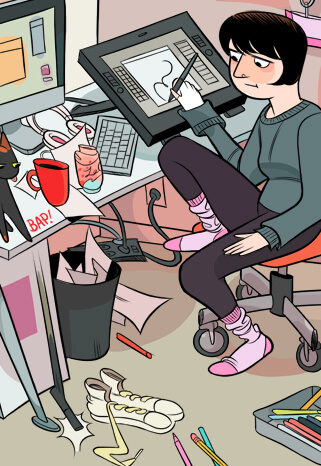


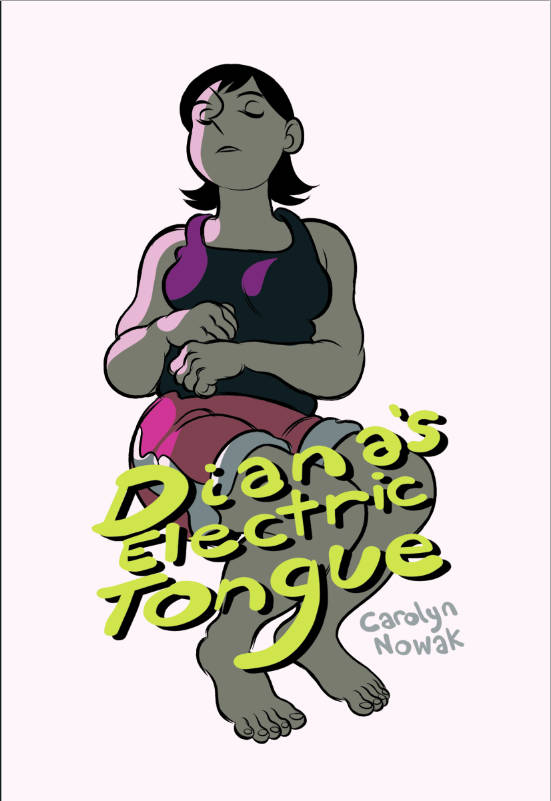
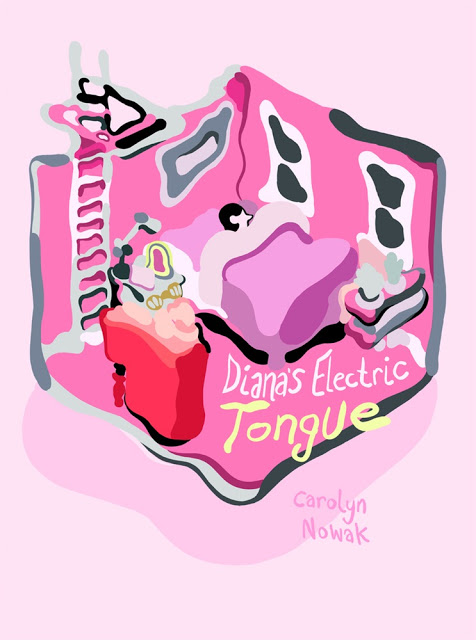
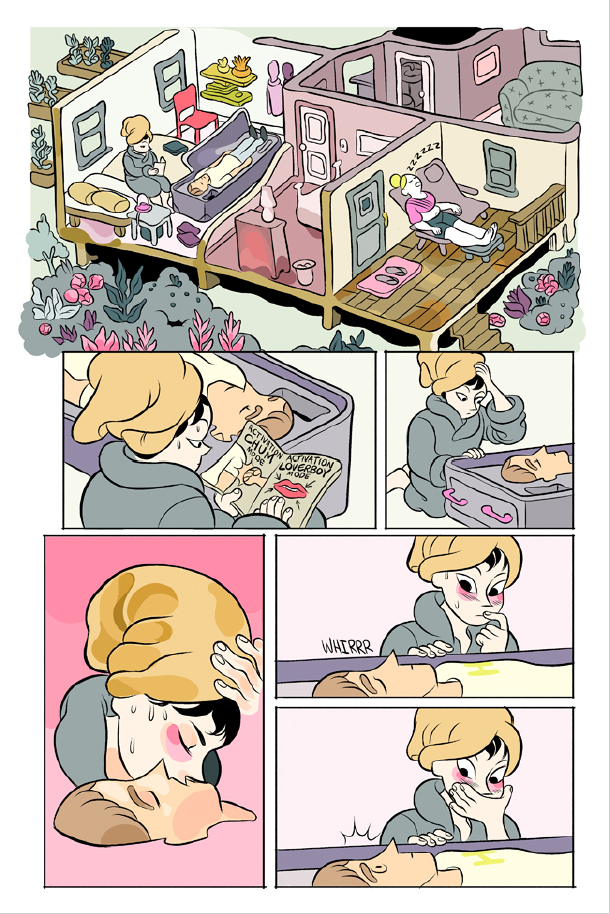
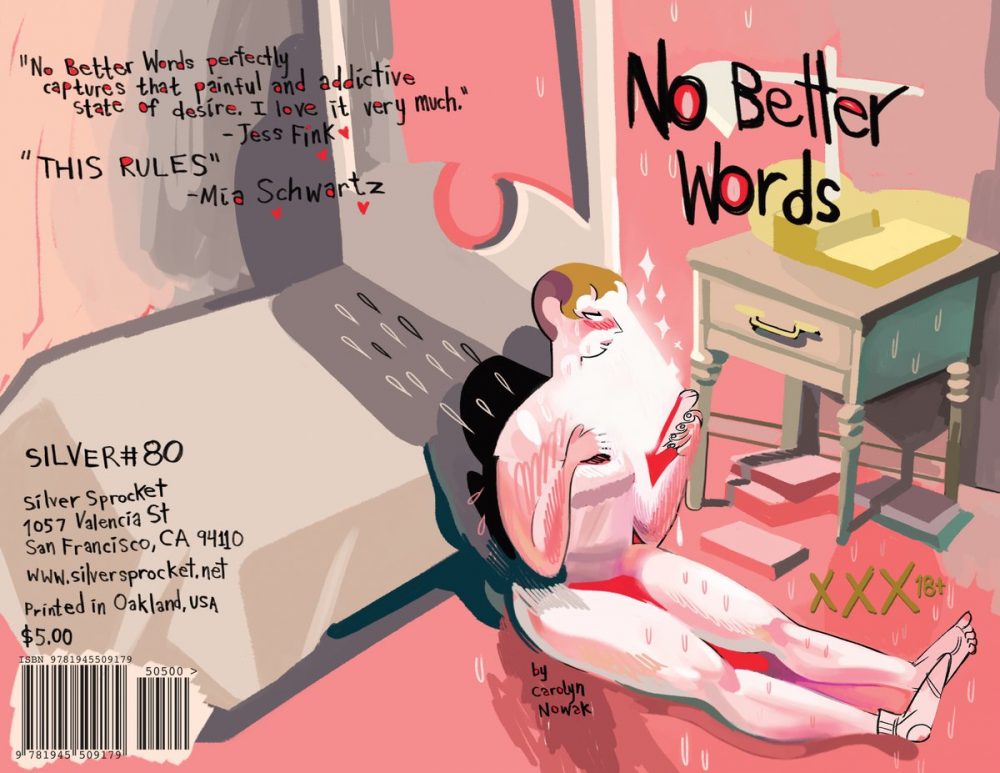
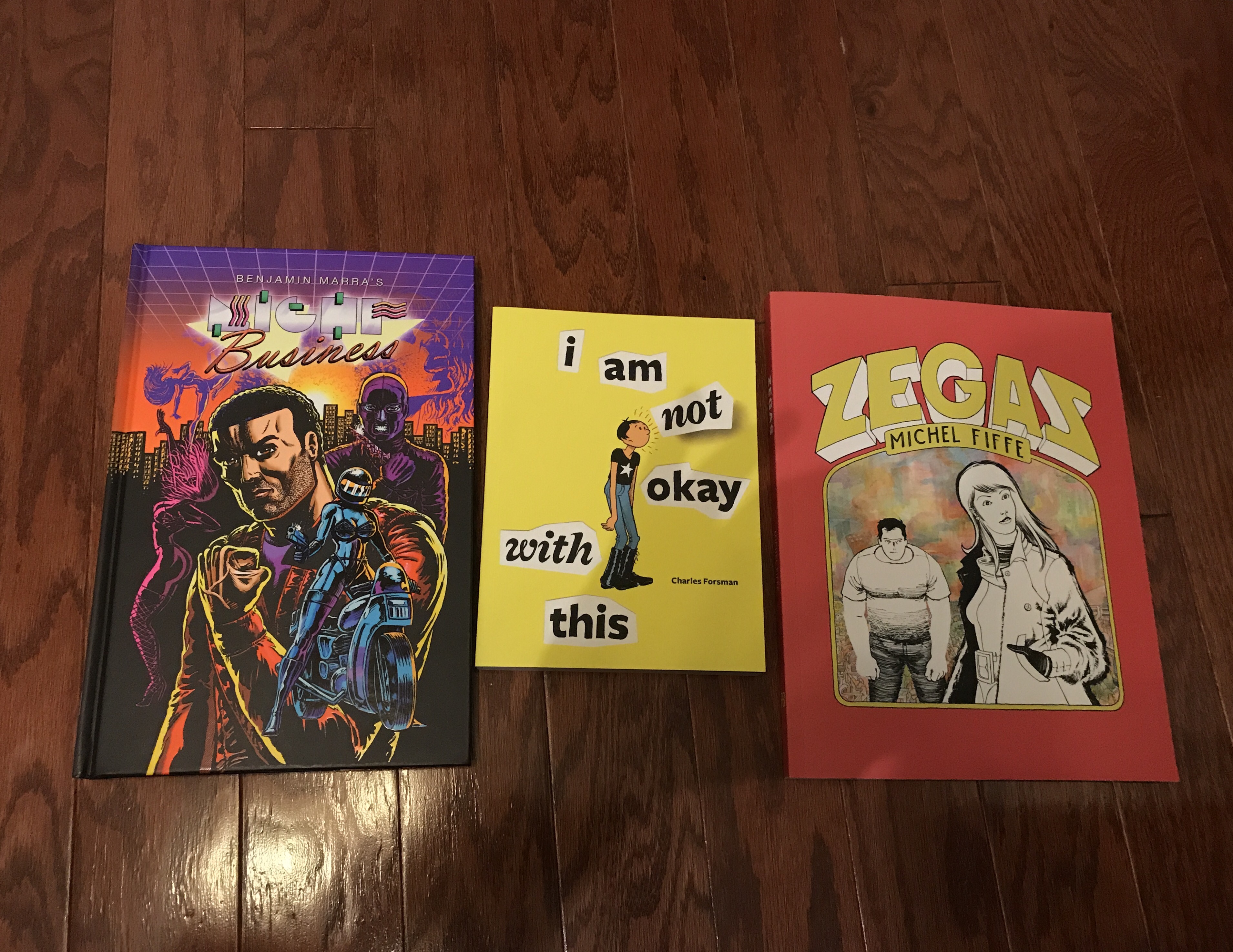
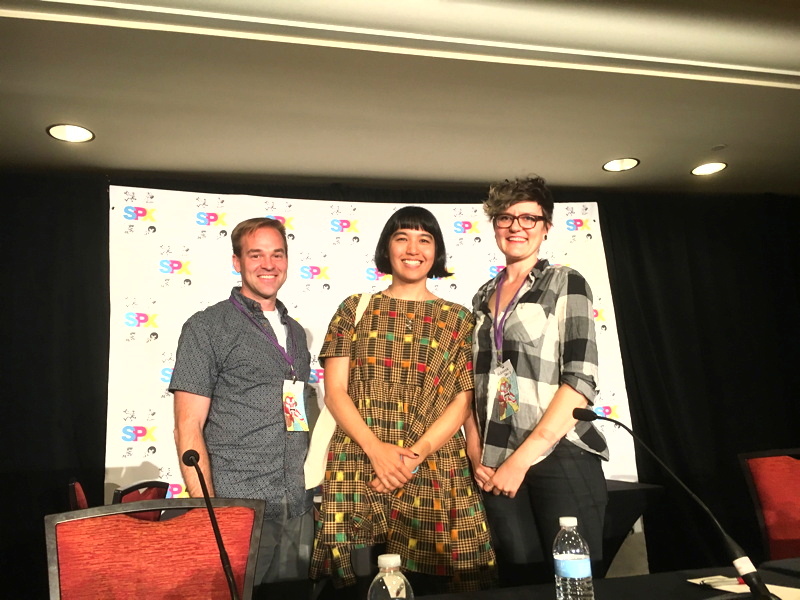
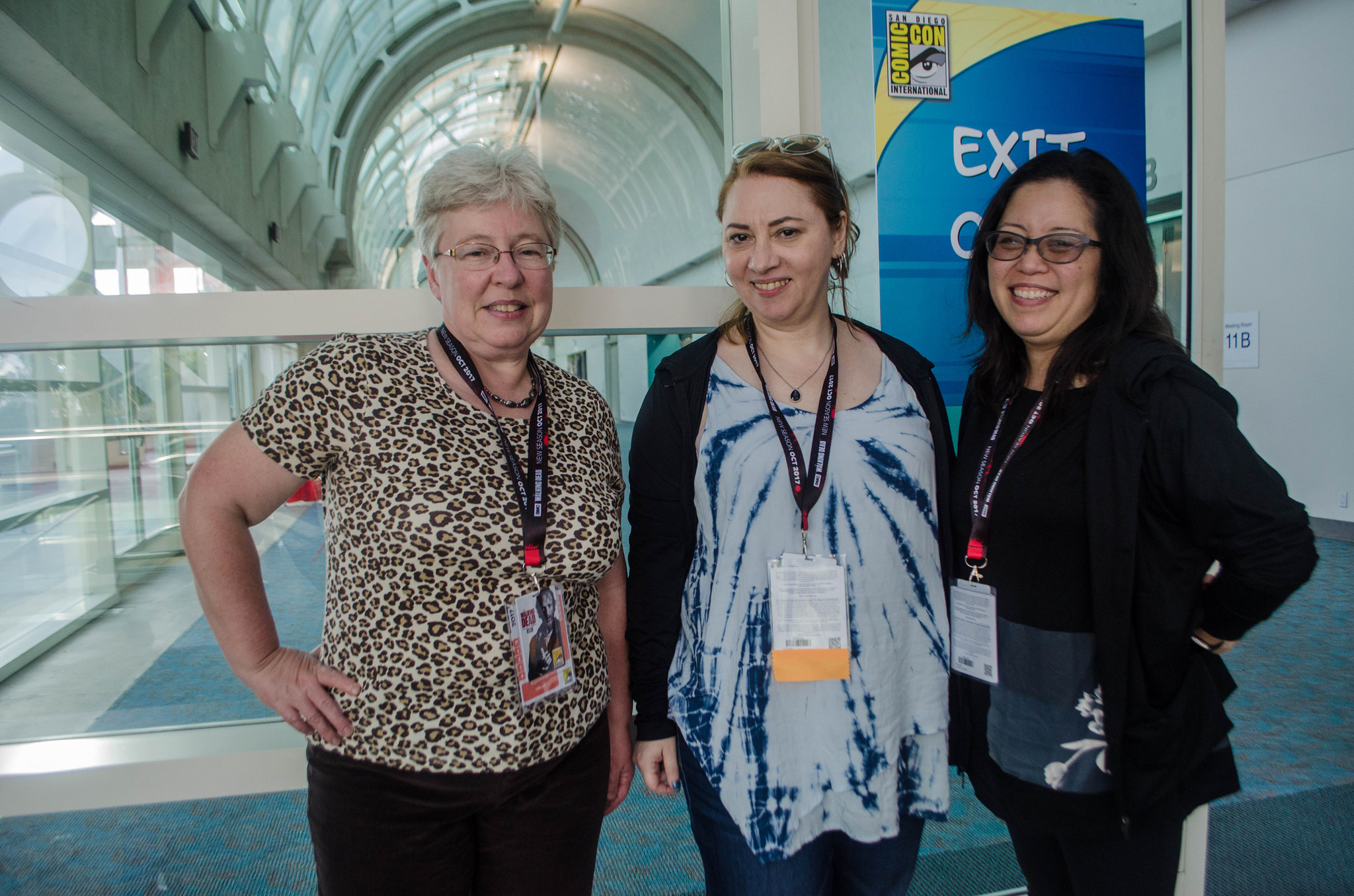



I love the childish styles of the art and story telling, I’m a bit childish in my storytelling as well. Where can I find this?
When I mean childish I meant it as cute and playful, like the later works of Henri Matisse.
Comments are closed.